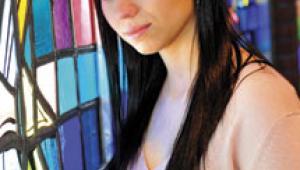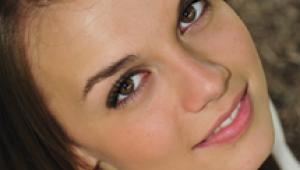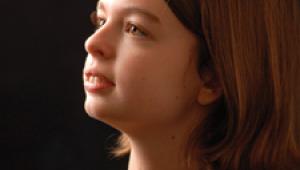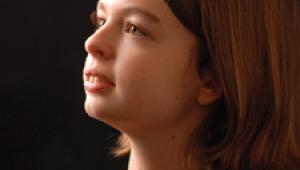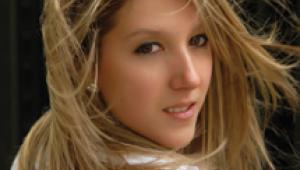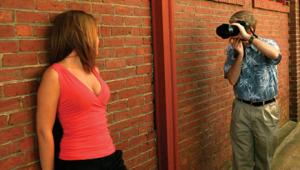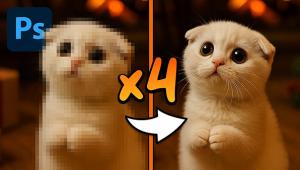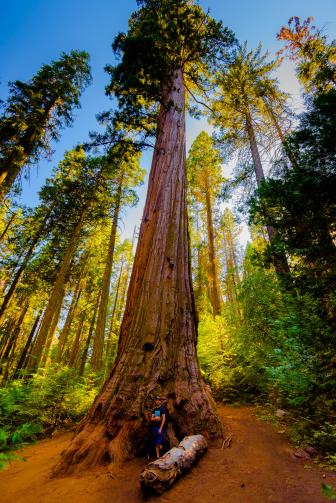The Stealth Portrait
Blending In With Sven Martson
| A portrait is "a pictorial
representation," according to our dictionary. Right, but a bit
limited for our purposes; a snapshot is a pictorial representation,
but we ask a portrait to carry a bit more freight. This, from the Encyclopedia
of Practical Photography, is better: "...the challenge is...to
make a portrait more than a record, to let it reveal some of those intangible
qualities that are recognized as being part of the uniqueness--the individuality--of
a human being." |
